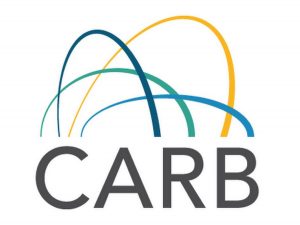 The Renewable Fuels Association submitted comments last week to the California Air Resources Board that identified several areas in CARB’s proposal and underlying analysis that need improvement.
The Renewable Fuels Association submitted comments last week to the California Air Resources Board that identified several areas in CARB’s proposal and underlying analysis that need improvement.
The top area of improvement cited by RFA Chief Economist Scott Richman is immediate approval of E15 for use in California. “Migrating all E10 to E15 in California today would result in approximately 2 million metric tons annually of additional GHG reductions,” says Richman.
Richman also noted that while the California Transportation Supply (CATS) model used by CARB incorporates the average carbon intensity (CI) of ethanol in the market today and assumes that CI improvements will continue in the future, it assumes that the CI of ethanol produced at facilities using carbon capture and sequestration (CCS) will be flat over time. “On the contrary, it is reasonable to expect substantial reductions in the CI of ethanol broadly, and that ethanol with CCS in particular is likely to achieve steady reduction and, ultimately, net-zero emissions over the next two decades.”
Finally, the current low credit prices under the LCFS are clearly inhibiting new investment in low-carbon fuel production. The long period of time (up to three years) to update the LCFS given the regulatory process in California is creating uncertainty as to the longer-term trajectory of the program, and the incorporation of a compliance acceleration mechanism into the LCFS could potentially address this problem.

